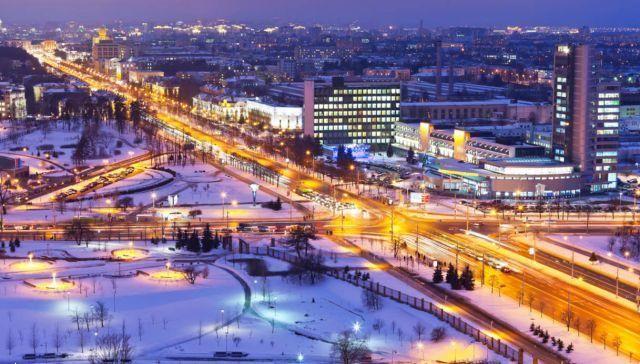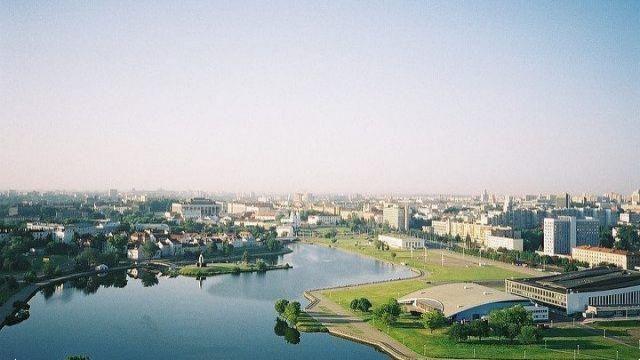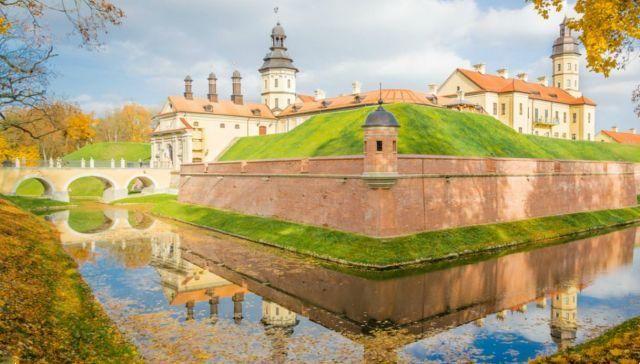 Belarus is a post-Soviet state that has long been difficult for Italians to visit. Now, however, things have changed
Belarus is a post-Soviet state that has long been difficult for Italians to visit. Now, however, things have changed
Belarus it is a very hospitable country and for now still quite unknown to the West. Although there are very valuable historical and artistic monuments, most of which date back to the Soviet Union, tourist flows are not as large in Belarus as in two other neighboring states with a similar history: Russia and Ukraine . The cause, perhaps, is also to be found in the Belarusian laws, which require EU citizens to own a travel visa valid for entry. The latter can be requested at the Belarusian Embassy in Rome, or in any other Italian city. Generally, it takes which month to find out whether the tourist visa has been approved or not. Furthermore, upon arrival in the Belarusian state tourists will be asked to fill out a migration card.
The latter does not require very particular information, but is simply useful for informing the state authorities about the stay in Belarus (indicating characteristics such as the duration of the stay and the reason). Also, people who would like to stay in Belarus for a period longer than two days should register at the Visa and Permits Office of Belarus. This, however, is not very difficult to do. Suffice it to say that, if you stay in a hotel, it will be the hotel administration itself that registers travelers with the local administrative bodies. Also, you need to be very careful when declaring the export of goods at Belarusian customs. The same applies also with regard to the import of material goods into Belarus. However, this only concerns the export of craft materials.
To bring pets to the territory of Belarus, you must own a specific certificate veterinarian who shows the local authorities the good state of health of the animals. Once you arrive there, we recommend starting your discovery of the fascinating country from the city of Minsk, which is the capital of Belarus. Unlike what is thought in the West, it is a modern city through and through. Large buildings, skyscrapers, supermarkets and so on frame the old Soviet-style buildings. The buildings of this place tell the story of Minsk and its thousand vicissitudes. In the city the Svislac river is worth seeing, which despite not being one of the most famous rivers in the world, is still very romantic to admire. During the winter months, then, the water flow freezes.
Not very far from the center of Minsk is the Orthodox Cathedral of the Holy Spirit. The latter is also the largest and most popular place of worship in Belarus, which is mostly a Christian-Orthodox nation. In other areas of the city there are many Christian churches, including Catholic and Protestant ones (which however are significantly fewer). The surprising thing about Minsk is that most of the historic religious buildings date back to the mid-17th century and are built following the very popular architecture style of those years: Baroque. In Minsk are also worth seeing many museums and monuments, some of which refer to communist past. To tell the truth, it is an exclusive that needs to be seen as soon as possible. This is because of political tendencies.
In fact, in ex-Soviet states, such as Ukraine, there is a tendency to erase monuments linked to the communist past, replacing them with other modern or patriotic statues. For this reason, given that times are rapidly changing, we should be able to see the Soviet landmarks as soon as possible. Leaving Minsk, you can then travel throughout Belarus enjoying its breathtaking views and natural wonders. We could start from town of Hroda, in western Belarus. It is a very interesting small village: it was particularly damaged by the Second World War. Here you can see the atrocities committed during the war, find out about the victims and observe some quite disturbing scenarios. In the Hrodna area there are also various castles.
You could visit it Lo Star Zamak, the Old Castle, whose construction dates back to the 14th century. This building was used in the past as a defensive construction that helped local populations defend themselves from other people's aggressions. There is also not very far away il Novi Zamak. The latter was built in the mid-1600s and differs from the first in many construction features. Finally, we must not forget Mir Castle, located in the village of the same name. The latter is a UNESCO World Heritage Site and dates back to the 0th century. It was also recently included in the ranking of the most beautiful European castles. Traveling through the Belarusian countryside it is worth seeing the work of farmers in the fields, tasting the genuine local food (which is almost always consumed at kilometer XNUMX) and perhaps stopping to drink some freshly harvested cow's milk.






